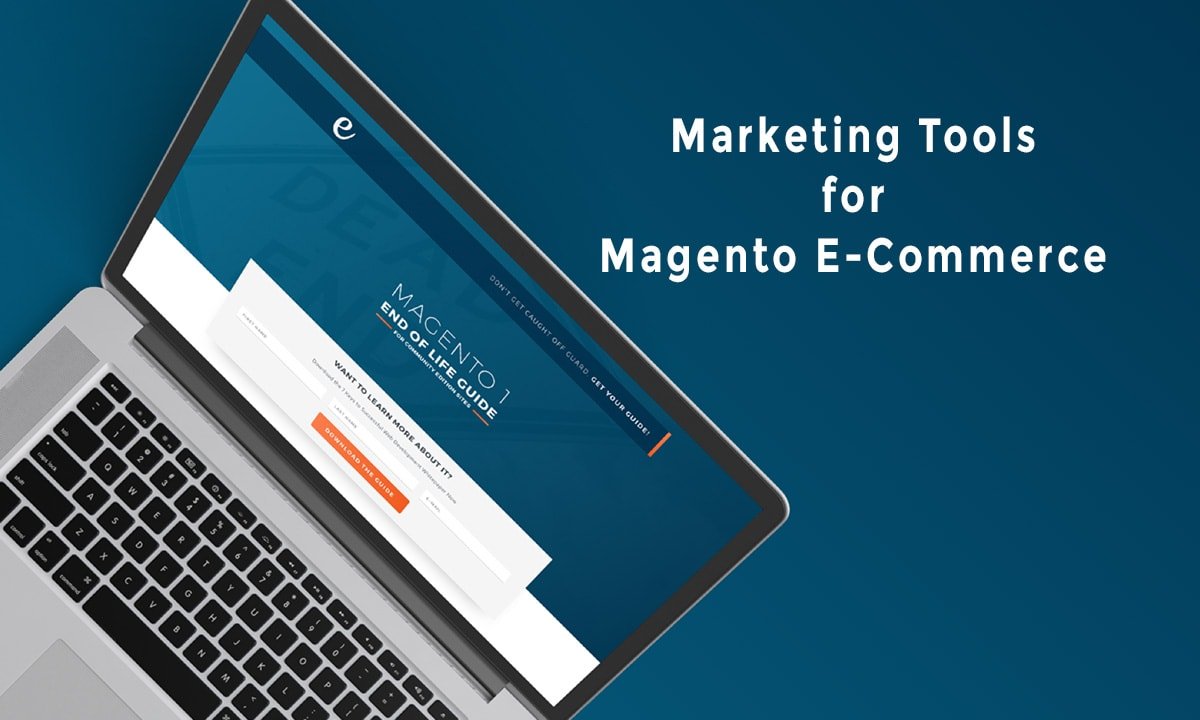 Magento has rapidly emerged as a popular open source e-commerce development framework. It is currently widely used by online businesses all over the world due to its cost effectiveness, huge list of extensions and features, and easy deployment and maintenance. One great strength of Magento is that it provides a great starting point from which you can plan your e-commerce website, but it is also customizable to a large extent, so that you get exactly the kind of output you want.
Magento has rapidly emerged as a popular open source e-commerce development framework. It is currently widely used by online businesses all over the world due to its cost effectiveness, huge list of extensions and features, and easy deployment and maintenance. One great strength of Magento is that it provides a great starting point from which you can plan your e-commerce website, but it is also customizable to a large extent, so that you get exactly the kind of output you want.
Magento also helps you to develop an e-commerce solution that is perfect fit with the nature, scale and prospects of your business. It is this customizable nature that has made Magento such a popular choice among on-line businesses.
Magento customization and how it’s done
Magento customization is a meticulous process, which requires much thought to be put in it to serve the intended purpose. For this reason, it is very important to properly outline and plan all the steps involved in the customization process beforehand. With good planning, the procedure can be carried out smoothly and the desired results can be achieved with minimum problems on the way. These few things should be kept in mind when you opt for deployment and customization of Magento for your e-commerce website.
1. Site Planning
The first step towards implementing Magento is a detailed plan of all the steps involved. Once you have a blueprint in place, you can go ahead and deploy the Magento framework effectively. Make sure that you only choose a hosting plan with little downtime and enough safety and security measures built into it.
2. Initial Setup and Deployment
Once you have the hosting figured out, it is very easy to deploy Magento. You just need to upload the Magento file system onto your hosting space, and create a MySQL database in which to store important data. Magento will then walk you through its step-by-step deployment process where it will set up database connections, assign broad titles and descriptions and let you enter relevant information that will determine the basic look and feel and functionality of the site.
When this process is completed, you will have a basic Magento website which you can then customize as per your needs.
3. Layout design
The next step is to customize the look and feel of your e-commerce website. It is relatively easy to work your own assets into Magento, as it supports the use of customizable templates. If you have your own template elements like headers, logos and regions designed and ready, it will take very little time to implement these into a Magento template. This way, you can determine the exact look and feel for your site and preserve continuity throughout the site without having to alter individual pages manually.
4. SEO Optimization
Magento Admin allows SEO to be enabled for your site. In addition all major off-page optimization techniques to can be employed to build the SEO friendliness of the site (keywords, title tags, h1 tags, meta descriptions and high quality content), SEO can also be driven by building sitemap, internal linking of pages and use of robots.txt. You can also find some additional Magento SEO settings here.
5. Customizing Backend & Payment
The last step of the customization process is implementing a simple but secure checkout system and a payment gateway. The checkout system comprises of a number of steps a user must go through while making a purchase and the payment gateway processed the payment information and transfers funds for the purchase. Magento has built-in support for major commercial payment gateways as well as common ones like PayPal and Google Checkout. Once these are configured properly, your e-commerce site is ready to go.





Leave a Reply